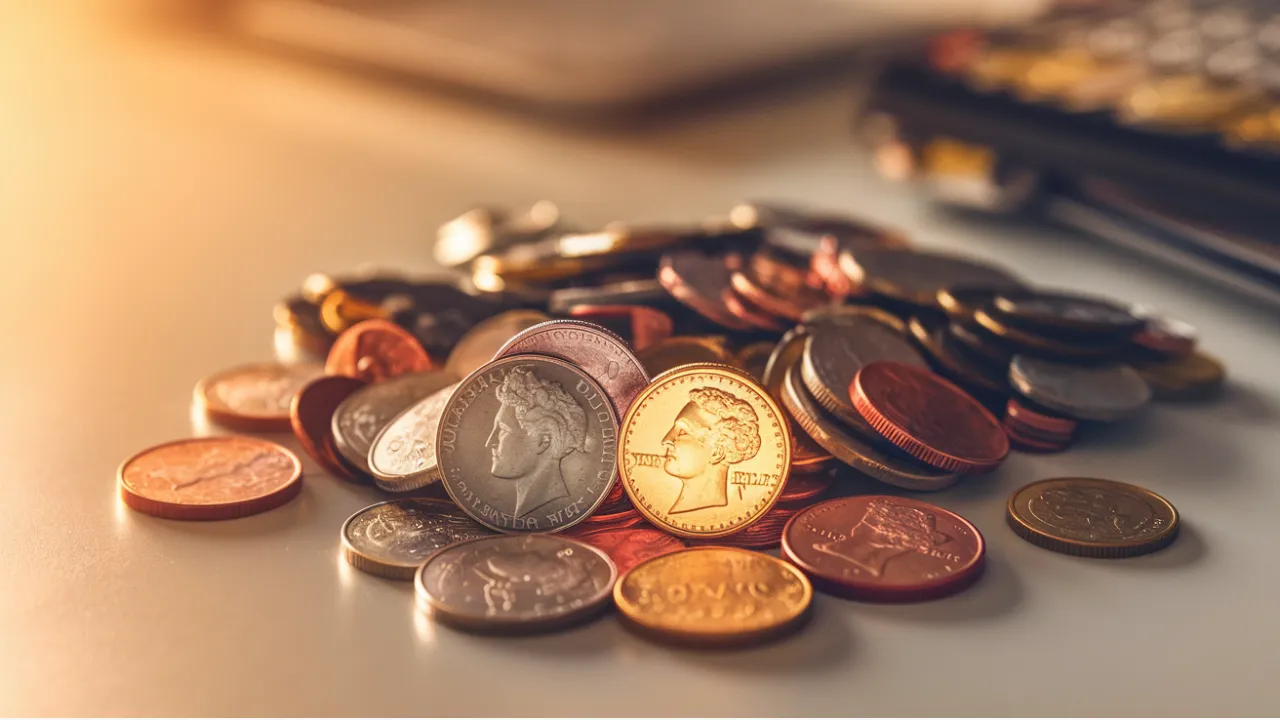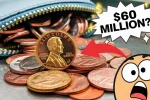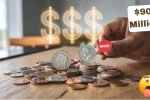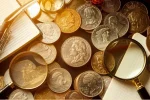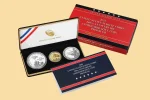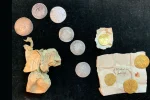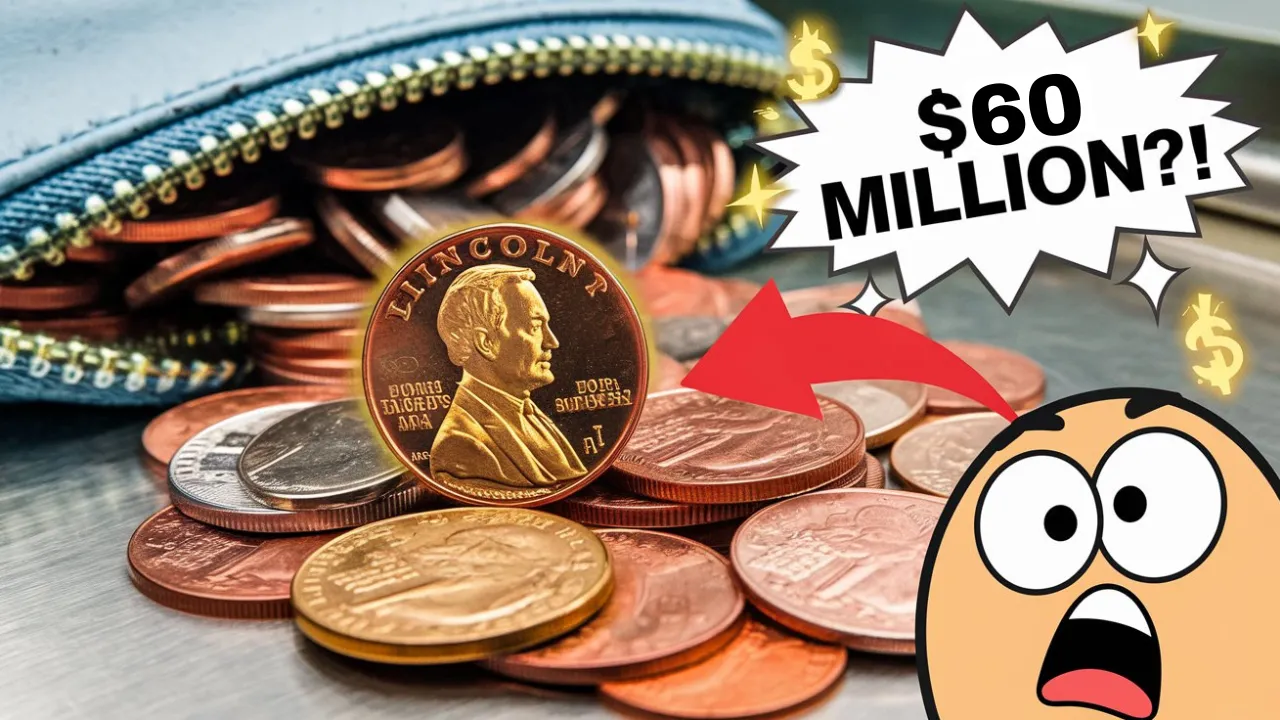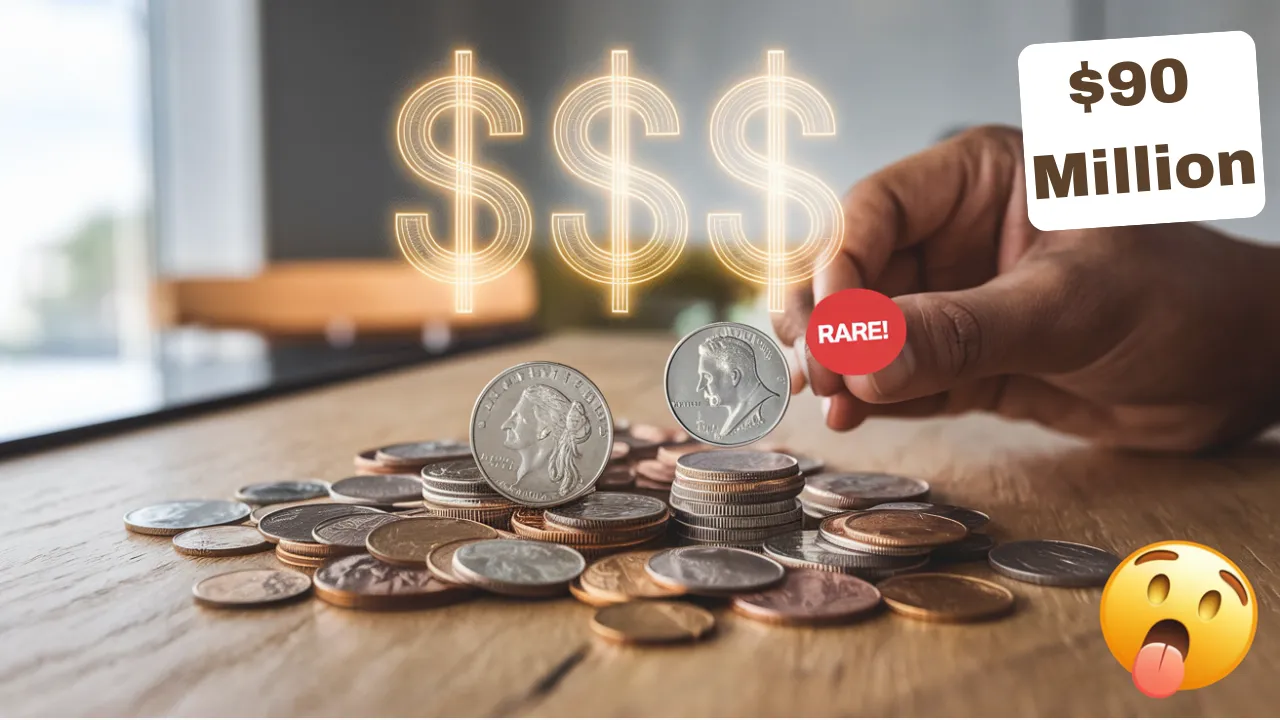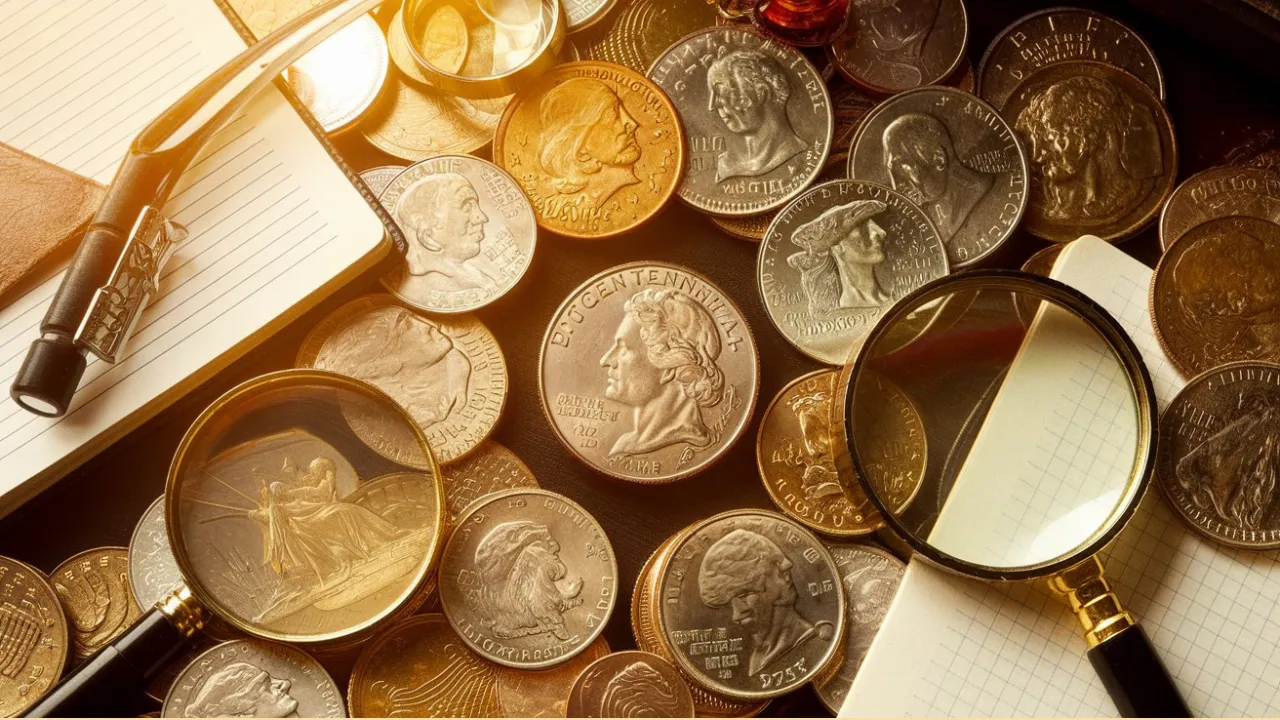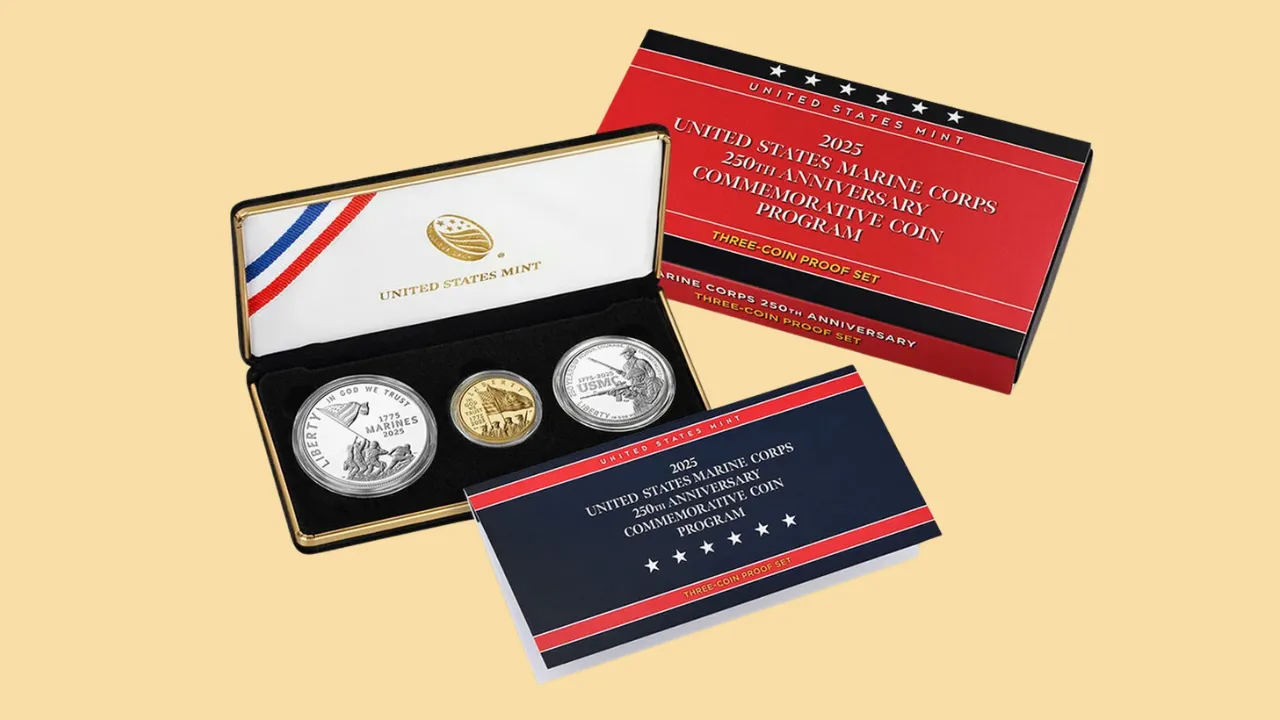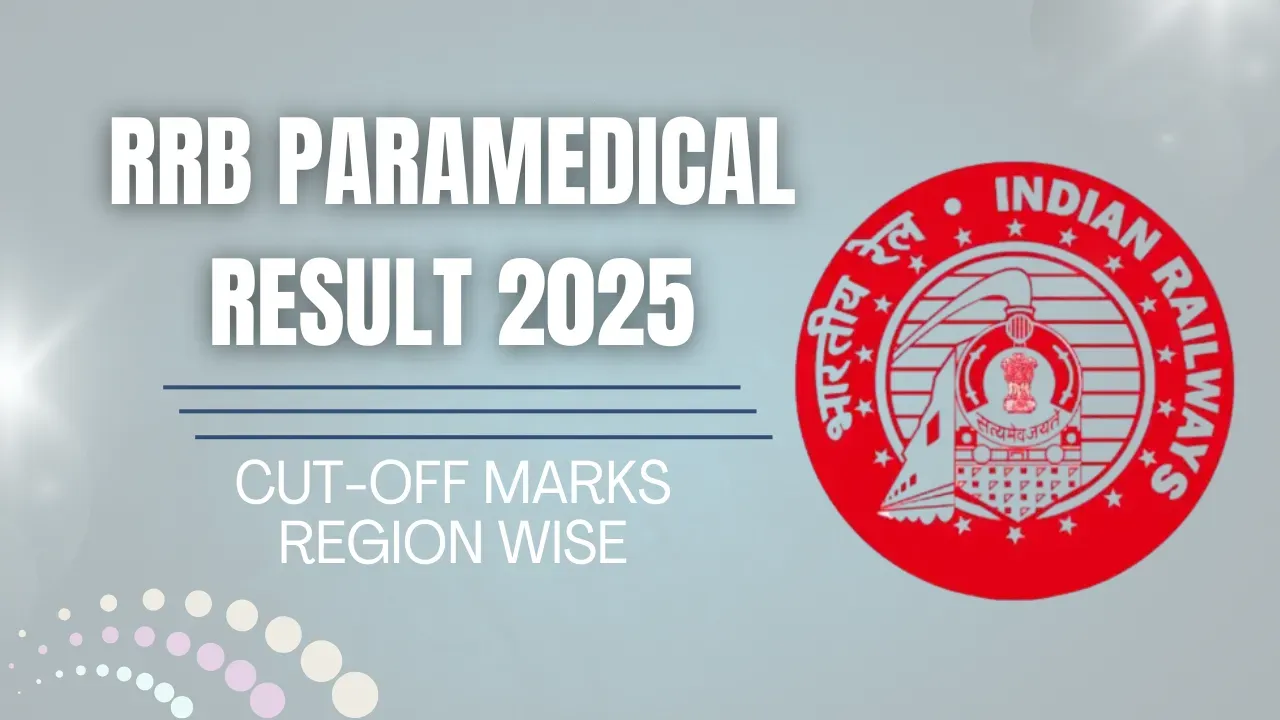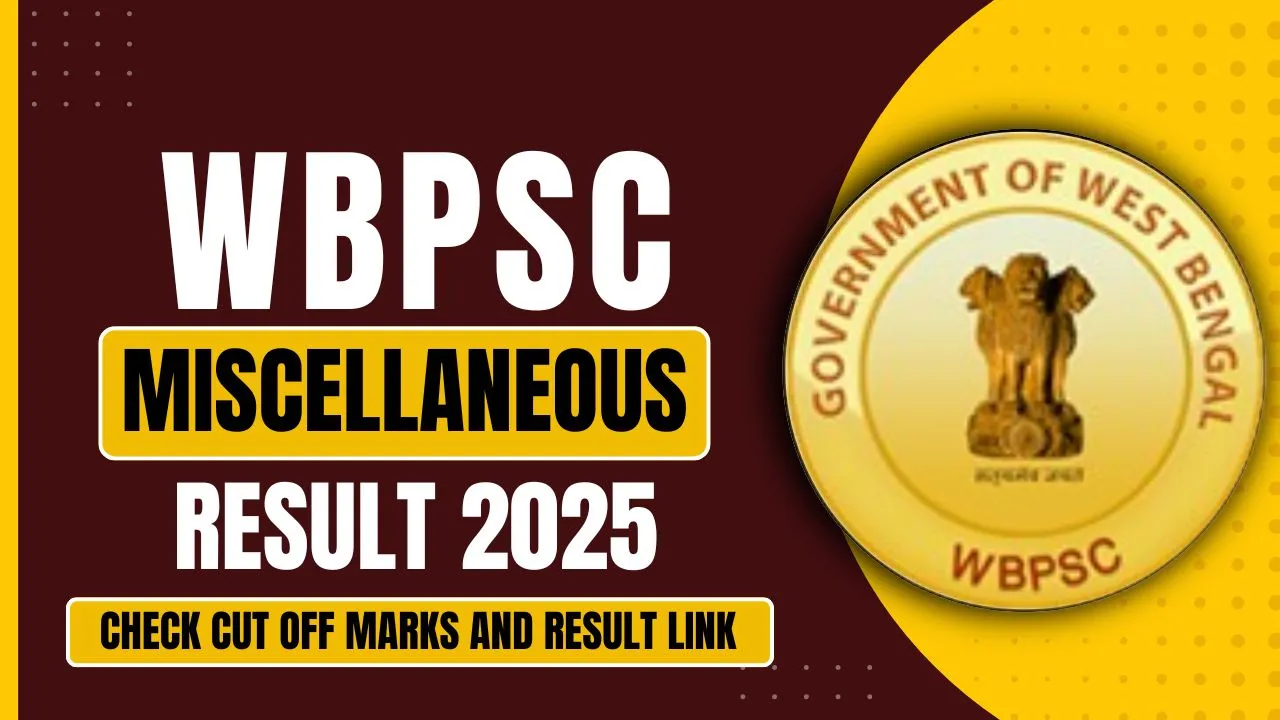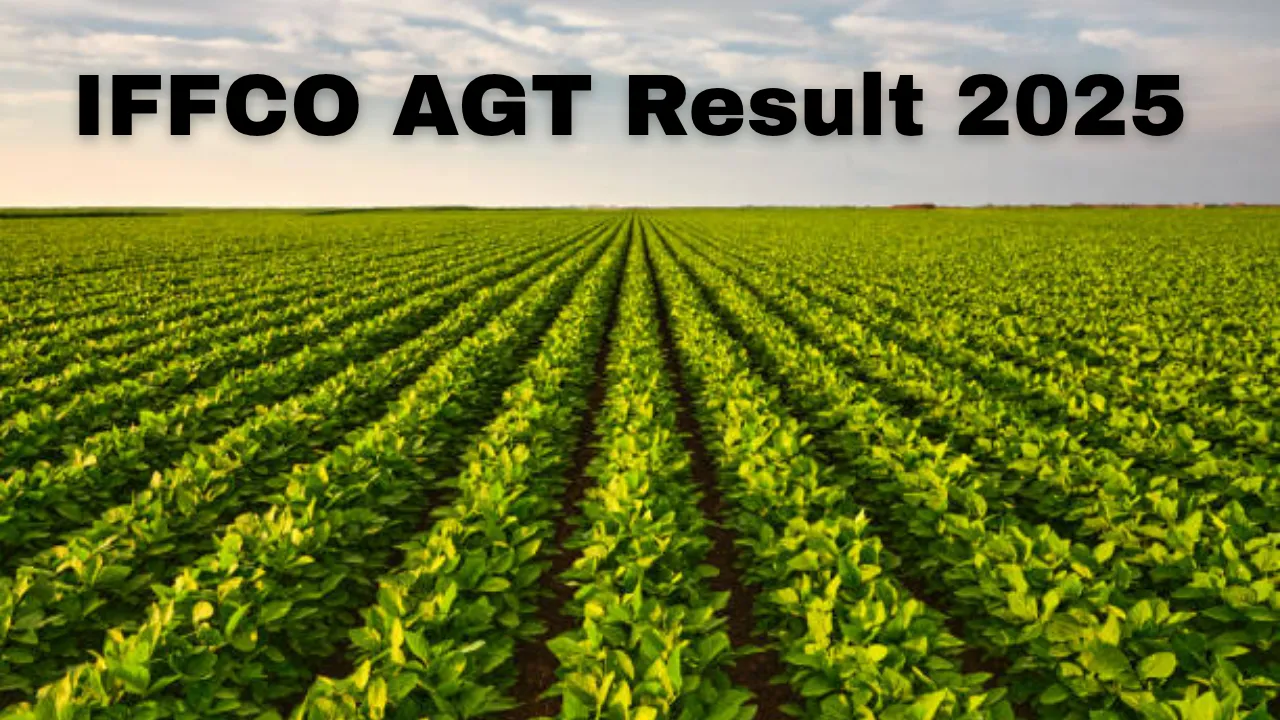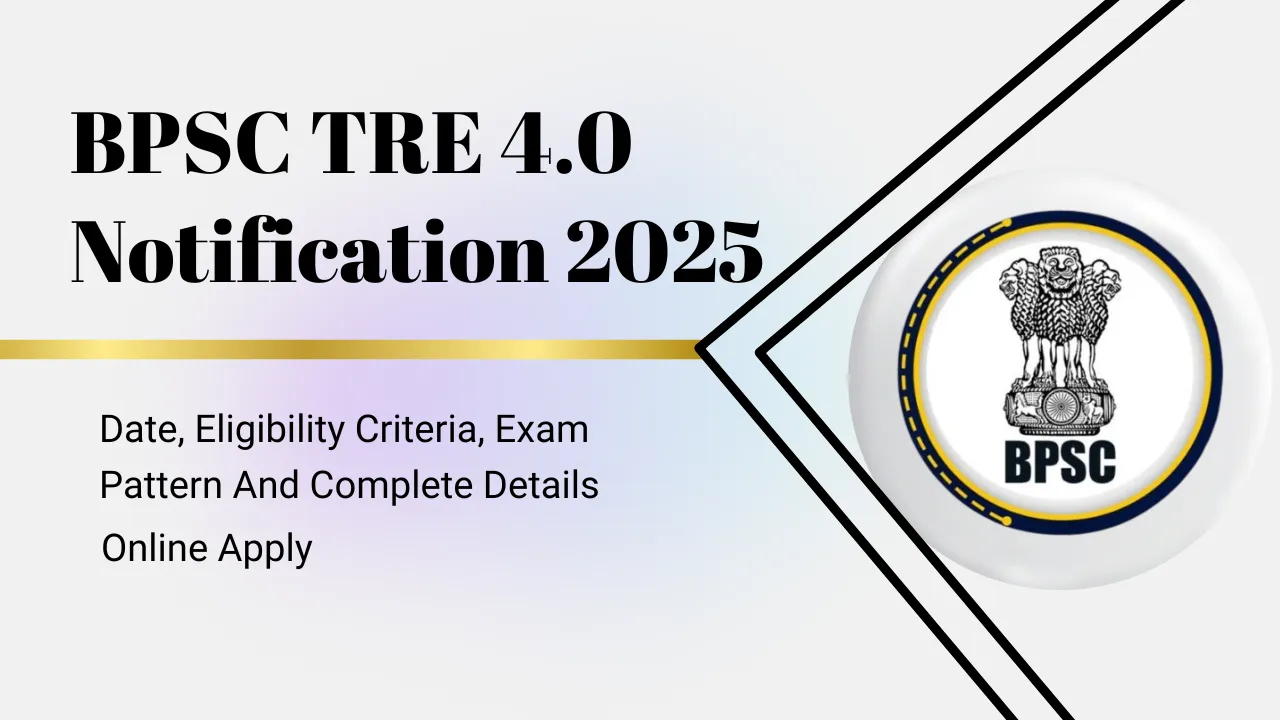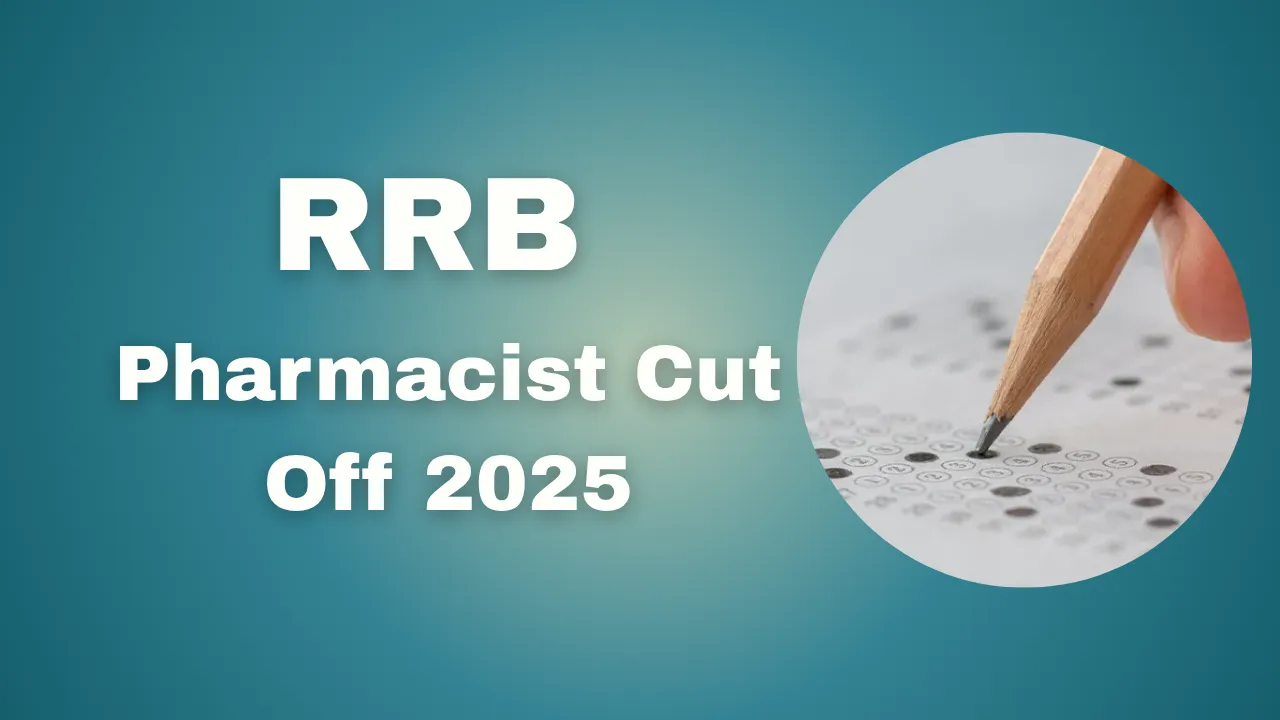Discover Valuable 1967 Quarters: The 1967 quarter is more than just pocket change—it’s a coin steeped in history, design intricacies, and hidden value. While millions of these coins were minted during a transitional period in U.S. coinage, not all 1967 quarters are created equal. From unique minting errors to high-grade specimens, some examples of this coin can be worth much more than their face value.
This article explores the fascinating details of the 1967 quarter, including its historical background, notable features, and what makes certain coins so valuable. Whether you’re a coin collector or someone intrigued by history, read on to uncover the secrets of the 1967 quarter.
Overview of the 1967 Quarter
| Feature | Details |
| Mint Year | 1967 |
| Composition | Copper core with 75% copper and 25% nickel cladding |
| Weight | 5.67 grams |
| Diameter | 24.30 millimeters |
| Edge | Reeded |
| Mint Mark | None (all minted in Philadelphia, Denver, or San Francisco but without identifying marks) |
| Special Features | SMS (Special Mint Set) Coins, Error Coins |
| Value Range | $0.25 to over $6,000 (based on condition, rarity, and errors) |
The Historical Significance of the 1967 Quarter
The 1967 quarter emerged during a critical time in U.S. monetary history. In the mid-1960s, the nation was grappling with a coin shortage fueled by hoarding. Silver content in coins made earlier quarters valuable for their metal, leading to the removal of silver from quarters starting in 1965. The 1967 quarter, part of this transition, was minted in copper-nickel and lacks mint marks as a deliberate strategy to prevent stockpiling.
By removing mint marks, the U.S. Mint made it difficult to distinguish where coins were produced. This approach, combined with the shift to cheaper materials, makes the 1967 quarter a symbol of a transformative period in American coinage.
Key Features of the 1967 Quarter
Obverse Design
The obverse (front) of the 1967 quarter features a portrait of George Washington. Designed by John Flanagan, this depiction of the first U.S. president has remained iconic. Key elements include:
- LIBERTY: Prominently inscribed along the upper rim.
- IN GOD WE TRUST: Positioned to the left of Washington’s portrait.
- 1967: The year of minting, displayed at the bottom.
Reverse Design
The reverse (back) showcases a bold image of an American eagle with outstretched wings, symbolizing freedom and strength. Additional design highlights include:
- E PLURIBUS UNUM: A national motto meaning “Out of many, one.”
- The eagle clutching arrows, representing readiness for defense.
- An olive branch beside the arrows, symbolizing peace.
- QUARTER DOLLAR: The coin’s denomination, clearly marked at the bottom.
Composition and Physical Attributes
Unlike earlier quarters minted with silver, the 1967 quarter is composed of a copper core with a durable outer layer of copper and nickel. Its specifications are:
- Weight: 5.67 grams.
- Diameter: 24.30 millimeters.
- Edge: Reeded, offering a tactile and visual cue against counterfeit coins.
This material shift was part of a broader effort to reduce costs and curb hoarding, making the 1967 quarter an affordable yet historically significant coin.
What Makes 1967 Quarters Valuable?
The value of a 1967 quarter largely depends on three factors: condition, unique minting errors, and whether it’s part of a Special Mint Set (SMS).
Special Mint Set (SMS) Coins
In 1967, proof sets were temporarily replaced by Special Mint Sets, which were sold exclusively to collectors. These coins often have sharper details, smoother finishes, and higher visual appeal compared to regular circulation coins.
High-grade SMS coins with a cameo or deep cameo finish—where the design contrasts strikingly against the coin’s background—are particularly valuable, with some fetching thousands of dollars at auction.
Famous Errors in 1967 Quarters
Error coins are some of the most exciting finds for collectors, as their rarity and unique characteristics can significantly enhance their value. Here are some notable 1967 quarter errors:
- Struck on Incorrect Planchet
- Some quarters were mistakenly struck on nickel or dime planchets.
- Value: $100–$200, depending on condition.
- Double Die Errors
- Doubling on elements such as “LIBERTY” or Washington’s profile.
- Value: Varies based on the prominence of the error.
- Off-Center Strikes
- The design appears misaligned, with parts missing from the edge.
- Value: Up to $400.
- Clipped Planchet Errors
- A portion of the coin appears clipped due to a minting mistake.
- Value: $200–$400, depending on size and clarity.
How to Assess the Value of a 1967 Quarter
The value of your 1967 quarter depends on its condition, rarity, and whether it exhibits any errors. Here’s a quick guide:
- Circulated Coins: Common and often worth face value unless they have errors.
- Uncirculated Coins: Worth $10–$30, with prices climbing for higher-grade specimens.
- SMS Coins: Value ranges from $50 to $6,000 for cameo and deep cameo finishes.
- Error Coins: Values vary widely based on the type and prominence of the error.
Grading services like PCGS (Professional Coin Grading Service) or NGC (Numismatic Guaranty Corporation) can provide an official grade and significantly boost a coin’s market value.
Where to Find and Sell 1967 Quarters
Finding 1967 Quarters
- Coin Roll Hunting: Purchase rolls of quarters from banks and search for uncirculated or error coins.
- Loose Change: Check your change carefully—you might get lucky!
- Coin Shows and Auctions: Great places to explore and purchase valuable specimens.
Selling 1967 Quarters
- Online Platforms: Websites like eBay or dedicated numismatic marketplaces are ideal for selling rare coins.
- Local Coin Dealers: Get an in-person appraisal and sell directly.
- Graded Coins: Coins authenticated and graded by PCGS or NGC typically fetch higher prices.
FAQs About the 1967 Quarter
1. Are 1967 quarters rare?
Circulated coins are common, but SMS coins and error coins are much rarer and more valuable.
2. How can I tell if my 1967 quarter is an error coin?
Check for anomalies like doubling, off-center designs, or unusual weights.
3. What is the most valuable 1967 quarter?
Deep cameo SMS coins in high grades (MS68 or higher) can sell for over $6,000.
4. Where can I sell my 1967 quarter?
You can sell it online, at local coin shops, or through coin auctions.
5. Why doesn’t the 1967 quarter have a mint mark?
Mint marks were omitted between 1965 and 1967 to prevent hoarding during the coin shortage.
Final Thoughts
The 1967 quarter is a fascinating relic of American history that offers a range of opportunities for collectors. From SMS coins to intriguing mint errors, there’s something special about this coin for every numismatist.
If you have a 1967 quarter, take a closer look—it might be worth more than you think! Share your discoveries and questions in the comments below, and happy collecting!
